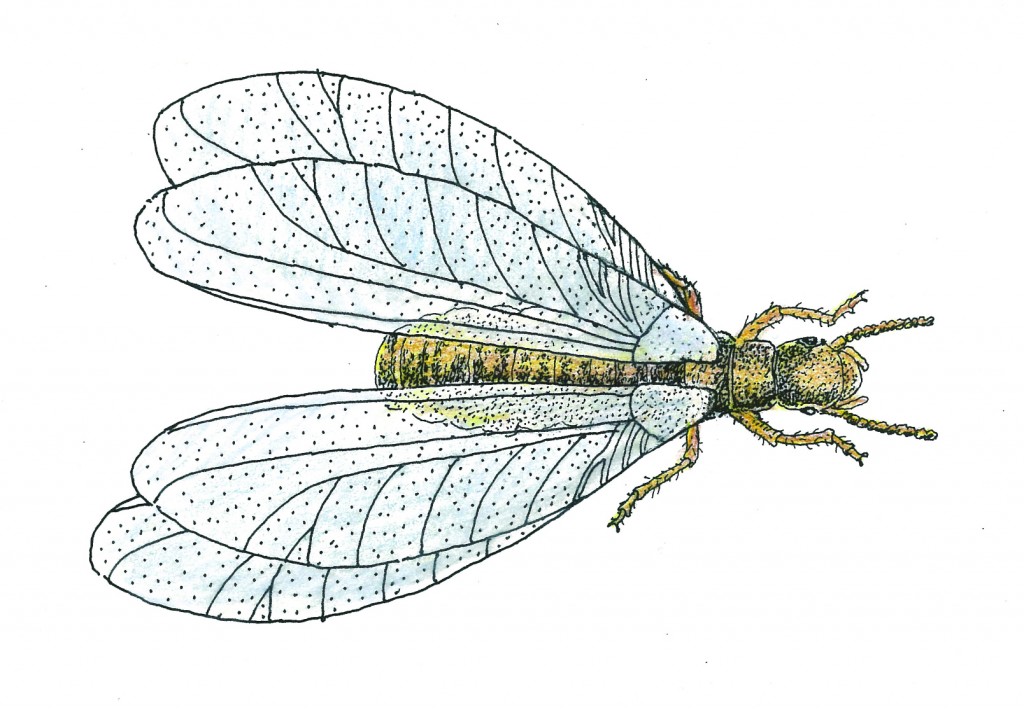READY TO GET STARTED?
REQUEST A FREE ESTIMATE
Fill out the form below or call (888) 466-7849 for a free, no-obligation estimate.
The EPA is banning 12 popular rat and mouse killers that are available to the public. They are banning the product after a 2011 ban requiring rodent-killing products to stop using anticlotting chemical. The company that makes these 12 products, D-Con, has refused to meet EPA regulations.
“In a move to protect children and pets from toxic chemical poisoning, the Environmental Protection Agency (EPA) is making moves to ban 12 popular mouse- and rat-poisoning products sold under the D-Con brand name. Products included in the proposed ban include D-Con’s pellet, bait bits, and ready-mixed formulations.
EPA says it’s banning the products—as early as the end of February—because “they cause unreasonable and unnecessary risks to children’s health and the environment, without overriding benefits.”
To continue reading the article posted on www.rodale.com CLICK HERE.
The article and the EPA both suggest getting rid of rats and mice in non-poisonous ways such as sealing out pests, not leaving out food for pests to eat, making your yard less appealing to mice, and being kind!!
For pest control, the solution is simple: NorPest Green…Pest Control the way Nature Intended. Call Northwest Exterminating.
If you’re a homeowner in the South, you probably take pride in keeping your lawn in pristine and presentable condition. However, you may not know why Americans make it a point to keep the patches of green surrounding their homes in top form. It appears as though lawns are European inventions, as the moist, mild climate supported open, close-cut grasslands. Also, the word lawn is derived from the Middle English launde, which originally referred to a glade and later to stretches of land that imitated the appearance of such glades.
The monthly winner of the best lawn may not know that he’s more than neighborhood royalty. The first lawns were the grasslands around medieval castle in France and Britain, designed to have few trees to give guards a clear view around the castle. As time progressed, the wealthy non-royalty began to adopt the use of lawns around their estates, until eventually lawns lost the connection to wealth. In the mid-19th century, in areas where cities began to grow, the opportunity to have lawns in these areas was relatively unlikely. This is when the park was born, thus becoming a public area of landscaped lawns and other greenery as well as water in the form of fountains, streams, and ponds.
Northwest Exterminating’s Lawn Care Team knows how important lawns are to homeowners. We offer a free analysis of your lawn to develop the best treatment plan before establishing a year-round service to give you the healthiest, greenest lawn possible. We also offer aeration & overseeding, tree & shrub services, and lawn disease control. If you’re interested in these services long onto www.callnorthwest.com/lawn-care to fill schedule a FREE Lawn Analysis.
Melissa Brown
[email protected]
 Termites are very destructive and cause billions of dollars of damage to homes each year in the U.S. That is why we are dedicating March’s Pest of the Month to TERMITES!
Termites are very destructive and cause billions of dollars of damage to homes each year in the U.S. That is why we are dedicating March’s Pest of the Month to TERMITES!
If you think you may have termites, or other pests in your home, call the mouse at 888.466.7849 or visit us online at www.callnorthwest.com
Customers are always asking us how to keep pests out of their homes. Besides regularly scheduled pest control treatments from their pest control company, below are Northwest Exterminating‘s Top 10 Ways to Keep Insects Out of Your Home: